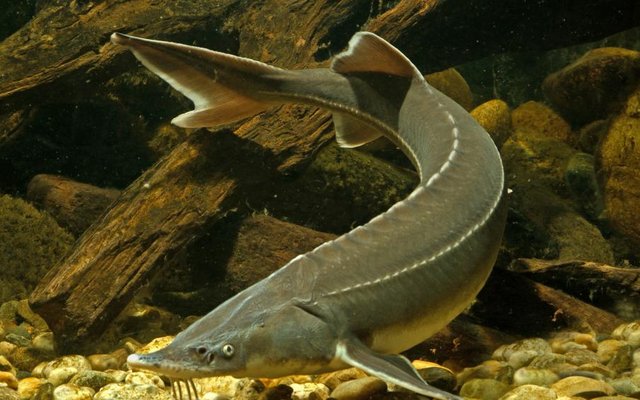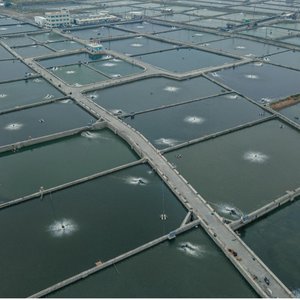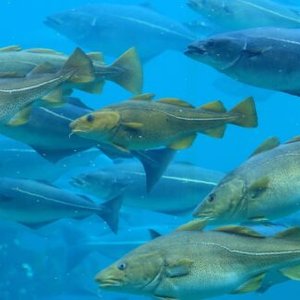The international search for sex-linked genetic markers in sturgeon has been ongoing for decades. After all, sturgeon cannot be sexed by any external features and this species has no differentiated sex chromosomes that can be distinguished under the microscope. Scientists from the STURGEoNOMICS project discovered a tiny genomic region, specific to female sturgeon.
The discovery of this genetic element likewise provides evidence of the oldest known sex-determining system in vertebrates with undifferentiated sex chromosomes – evolved ca. 180 million years ago. “It represents a scientific breakthrough. The international hunt for molecular sex markers in sturgeon lasted for decades,” said IGB’s evolutionary biologist, Matthias Stöck, senior author of the study. “This success was only possible by an international collaboration with experts from three European countries, involving genomicists from INRAE in Rennes, France, researchers led by Prof. Dr Manfred Schartl of the University of Würzburg in Germany and Dr. Mitica Ciorpac of the Romanian Danube Institute, DDNI.”
Currently, ultrasonic diagnosis or biopsies are used for sexing sturgeon. For ultrasonic sexing to be reliable, however, sturgeons must reach progressed stages of maturation, which can take six to ten years in some species. Biopsies of the gonads are invasive and stress or even harm the fish. In the future, the newly developed marker will enable scientists to differentiate between males and females simply by using a cotton skin swab to obtain DNA. Furthermore, the reliability of this test even outperforms the previous methods.
In aquaculture production, the method could be used in the future for non-invasive early sexing of fish, intended for rearing. Production can then focus on rearing females for caviar and males for meat. As such, the test should by no means lead to the culling of male sturgeons, as the researchers explicitly stress. This ethical aspect is an essential element to be considered. “The next step will involve using the marker to develop a sex-determination test for practical application,” commented IGB researcher Heiner Kuhl, first author of the study.
This study was accepted for publication by the Philosophical Transactions of the Royal Society B and will appear in a theme issue on sex chromosome evolution in spring 2021. A preprint is available here.












